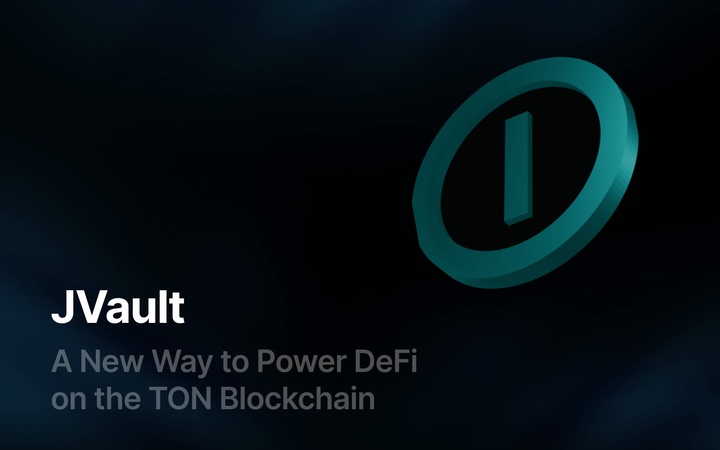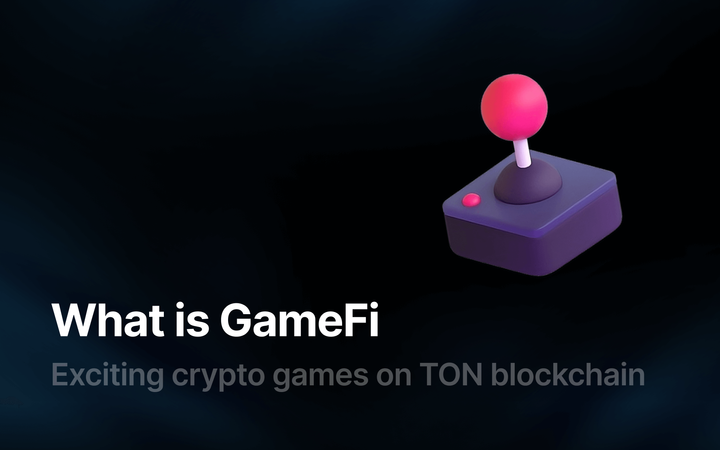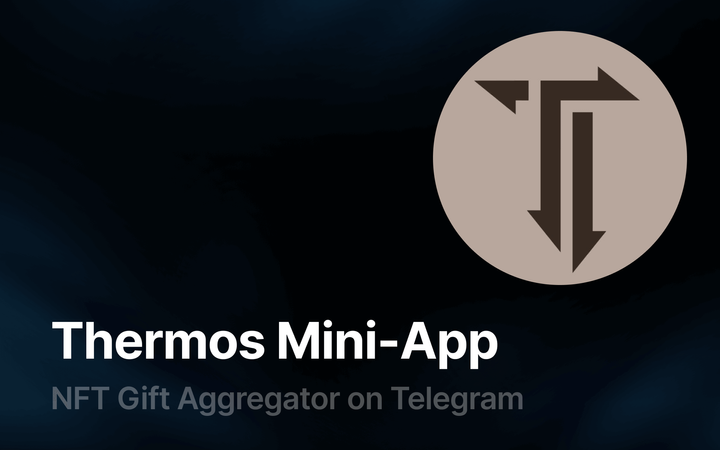Mining TON and Other Ways to Engage with It

The TON blockchain was the first to combine two consensus algorithms, Proof-of-Stake (PoS) and Proof-of-Work (PoW). The blockchain itself operates on PoS, which ensures high transaction speed and low cost. However, the initial distribution of coins was done through mining. Initially, token mining was not planned, but the Telegram team encountered legal issues with the U.S. Securities and Exchange Commission (SEC) and, as a result of the litigation, was forced to halt its development and hand over the project to independent teams. This led to all coins being placed in smart contracts, which then allowed the mining of Toncoin. Initially, the tokens obtained through mining were not valuable, as the blockchain was only operating in test mode, but a year later, a "mining revolution" around TON unfolded. Interest in the TON blockchain continues to grow to this day.
Can TON still be mined?
No, mining TON is no longer possible. Mining of all available coins began in the summer of 2020 and ended in the summer of 2022. Over these two years, all Toncoin coins were distributed among tens of thousands of miners, without conducting an ICO (Initial Coin Offering), IEO (Initial Exchange Offering), or direct token sales. Thus, all smart contracts have been exhausted, and traditional TON mining has ceased.
If we cannot mine TON, what are the alternative options for obtaining rewards?
Let's consider several approaches:
- Trading and Investing.
Trading involves active buying and selling of cryptocurrencies on an exchange with the aim of profiting from short-term price fluctuations. Trading can include day trading, scalping, and swing trading.
Day trading involves buying and selling cryptocurrencies within a single trading day. Scalping involves executing a large number of trades in a short period of time. Both aim to profit from small price fluctuations. Swing trading, on the other hand, aims to benefit from more significant price fluctuations that occur over a medium-term period of several days.
Unlike trading, investing requires a longer-term approach. Here, assets are purchased by investors to hold over a long period, anticipating significant growth in the token's value. Long-term investing can also bring additional benefits through participation in the TON ecosystem and supporting the blockchain.
It is important to remember that trading and investing require an understanding of the cryptocurrency market, where prices can change very quickly and unpredictably, carrying high risks. The volatility of the cryptocurrency exchange can bring both profit and losses, so it is crucial to conduct thorough analysis, follow the news and analytical reviews in this area, as this can increase your chances of success.
- Liquidity Mining.
Another way to obtain Toncoin is through liquidity mining. Here's how it works: you choose a pool with conditions suitable for you and deposit your assets in the form of a pair of different tokens, for example, TON and USDT, and in exchange for providing your tokens, you receive LP tokens (Liquidity Provider), which confirm that you have a stake in this liquidity pool. Proportionally to this stake, you will receive income in the form of trading commissions paid by people who make exchanges in your pool. The more actively your chosen pool is used, the higher your income from commissions will be. You can withdraw tokens and earned commissions at any time, but pay attention to the exchange rate in the pool, as it can change.
Although liquidity mining may seem like a way to earn passive income, it still requires involvement. You need to keep your finger on the pulse and regularly check the pools in which you have invested your cryptocurrencies, monitoring how market prices change to determine the best time to enter and exit the pool. Only with active monitoring can you minimize potential risks and maximize income.
The main risk of liquidity mining is impermanent loss, which can occur if the prices of the tokens you have invested in the pool move in different directions. Market volatility can further increase these risks, making price changes more abrupt and unpredictable.
- Staking.
The staking process involves locking a certain amount of tokens in the network, thereby coin owners support the operation and security of the TON blockchain and earn rewards for it. For this, you need to choose a wallet where you will "freeze" coins, which supports the staking function, such as Tonkeeper or Tonhub (you can also read the DYOR article on the rating of cryptocurrency wallets). By freezing your tokens, you will not be able to use them for any other transactions until the end of the staking. The profit from staking is usually fixed and predictable based on the network parameters, the amount of "frozen" coins, and the duration of your participation in staking.
Launching your own node can be complex and expensive, so you can delegate your tokens to validators. Validators are network participants with good technical resources and the competence to participate in the validation process. Thus, you can participate in staking without the need to manage your own node. When your tokens are delegated, they help the validator increase his chances of successfully adding a block to the blockchain. In this case, you will receive part of the rewards proportional to the amount of delegated tokens.
Staking, of course, is not without risks, but they are minimal and largely depend on the fluctuation of the cryptocurrency value, which can reduce the value of the tokens you will return. Moreover, if you choose to delegate your tokens, be careful when choosing a validator, as his unreliability or inefficiency can lead to a loss of your income if the validator is penalized by the network.
- The Open League.
The Open League was created to attract new users, stimulate the development of the TON ecosystem through various activities and support developers.
You can participate in various technical competitions, hackathons, and other events, where winners not only receive rewards including Toncoin but also have an excellent opportunity to showcase their project and skills and attract new users.
If you are a developer, you have the opportunity to create decentralized applications (DApps) on TON and receive a grant to support and develop your project. Quality applications can attract new users, generating income through transaction fees or built-in purchases.
Token rewards can be received for participating in the community, for example, writing articles, creating educational resources, conducting webinars on TON. In addition, the TON Foundation offers various grants for creating mini-applications for Telegram, web3 games as mini-applications, and as PC and mobile games, as well as educational grants for developers who will create products based on TON.
To participate in the Open League, follow the news about the seasons on the website or in TON chats.
Conclusion
Each of these methods has its unique features and associated risks. Some are available to every cryptocurrency user, allowing for passive income and active participation in supporting and developing the TON network. Others require more attention and a more thorough study of cryptocurrency exchanges. For participation in development, specific knowledge and skills are required, but the rewards here are higher, both financially and professionally.
Ultimately, the choice depends on you, your preferences, skills, knowledge, and readiness to take risks.



